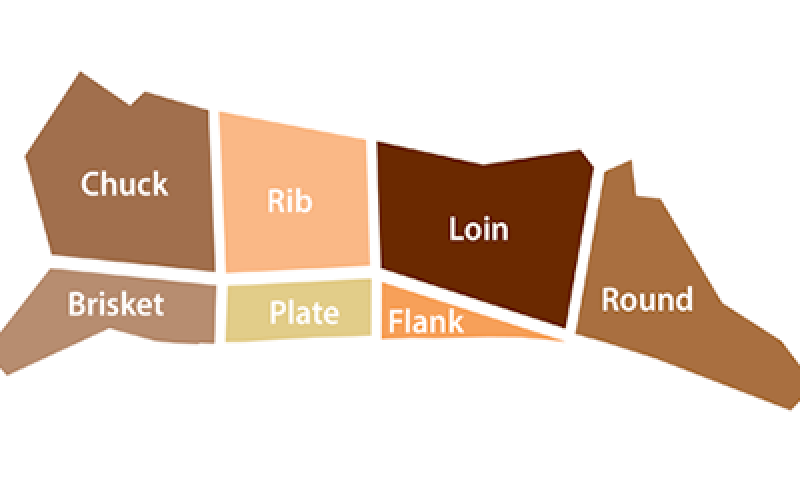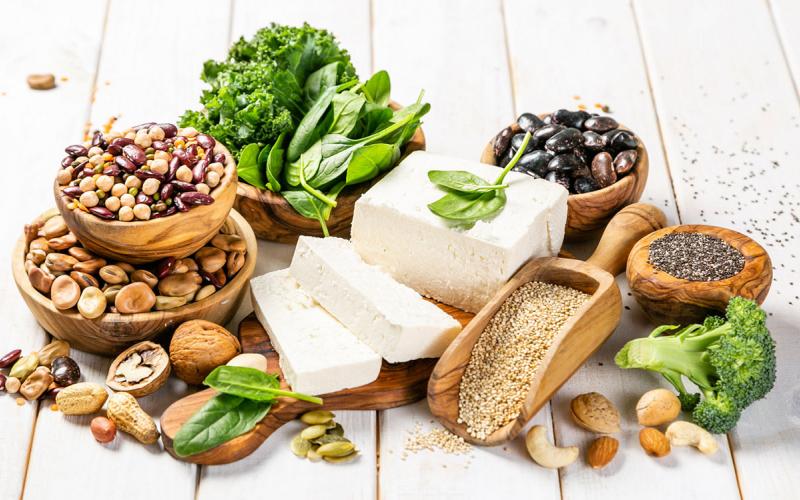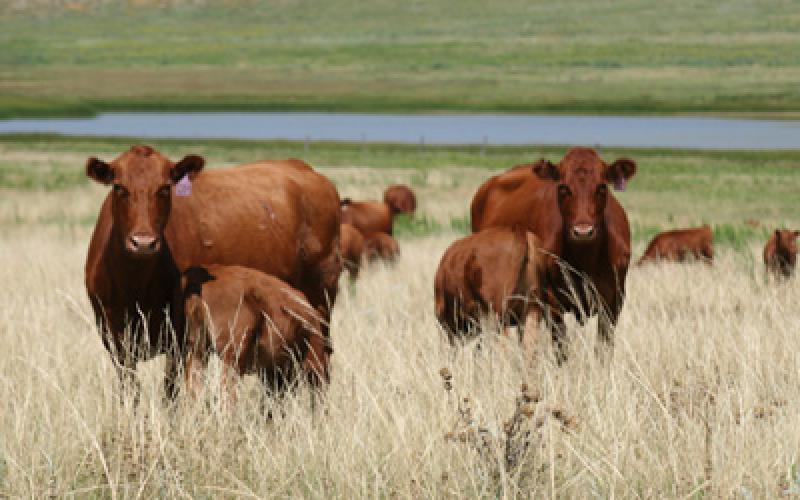Search

Food Safety During Pregnancy
Food safety during pregnancy is just as important as nutrient consumption. Learn some expert tips for reducing the risk of foodborne illness along with foods to avoid during pregnancy.

Foodborne Illnesses
Foodborne illnesses are caused by consuming foods that are contaminated with bacteria, viruses, or parasites. Learn about the risk factors for some of the most-common foodborne illnesses.

Adding Value to the Beef Carcass: Getting to know the value cuts
New value cuts have provided value back to the beef supply chain. Alternative fabrication provides consumers with more options and increases per head carcass value.

Nutrition During Pregnancy
During pregnancy, it is important to be mindful about the foods you are choosing to fuel you, and your growing child.

Maternal Diet During Lactation and Breastfeeding
Breastfeeding mothers should be consuming a diet that supports all energy and nutritional needs.

Milk and Formula Storage and Preparation
Learn some important food safety guidelines for handling, storing, and preparing breastmilk and infant formula.
SDSU Extension welcomes new beef specialist
February 16, 2024
SDSU Extension is pleased to welcome Erin DeHaan as a new assistant professor and SDSU Extension Beef Specialist.

The Cost of Late Calvers
Pounds of beef sold is a key number for cattlemen. Late calvers the cows that drag out the calving season, may cost producers more than extra work and management, they may actually be costing dollars.

Cold Temperatures Impact Forage Intake
Decreasing temperatures impact the amount of energy required by cattle. Learn some management considerations to reduce the possibility of metabolic disturbance during periods of colder weather.

Carbon Markets and Beef Production: Carbon Markets and Scope 1, 2, and 3 Emissions
In this article in the Carbon Markets and Beef Production series, we will discuss the basics of carbon markets and Scope 1, 2, and 3 emissions.